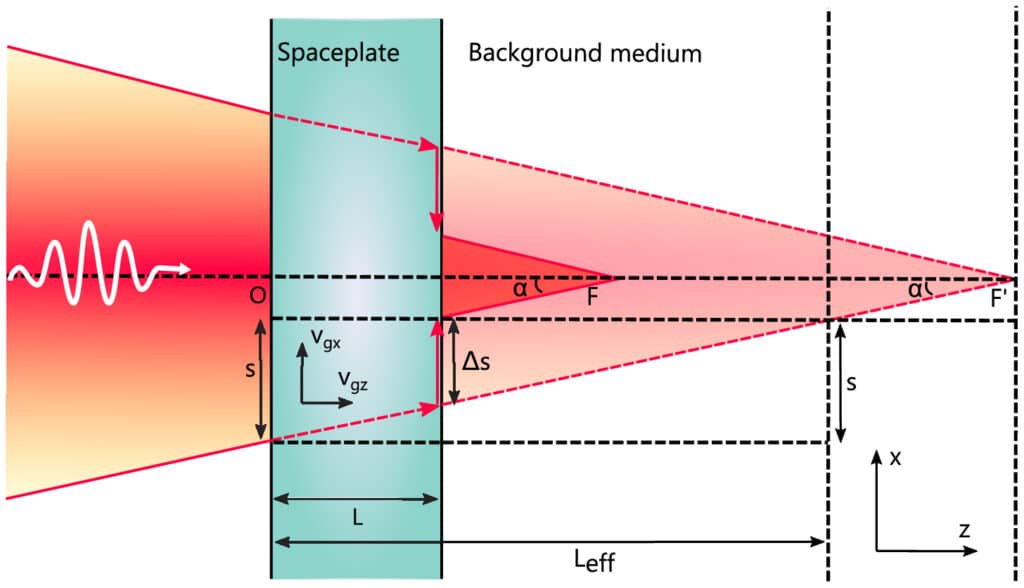
The quest to minimise and miniaturise electronics systems is perpetual. Often, there are optical systems involved in electronics and the miniaturisation of such systems is hard to achieve, but scientists have seen some success with more familiar components, namely the lenses and optical sensors by using a space plate. But there’s just one prickly issue with optical systems and sensors, the free space, which usually means the space between the sensor and lens needed for light to better focus.
Researchers and scientists have been tussling to reduce and remove the amount of free space as much as possible, typically it is achieved via a thin, transparent device called a “space plate”. Now a group of scientists at Cornell led by doctoral student Kunal Shastri and assistant professor Francesco Monticone, have finally defined the ultimate practical and fundamental limits of space compression via the use of a space plate.
In the paper published in the journal Optica, the limits are explained in detail. “In the quest to miniaturize optical systems,” Shastri illustrated in the paper, “an often overlooked aspect is the large free-space volume between the detector and the lens, or between lenses, which is essential to allow light to acquire a distance-dependent and angle-dependent phase and achieve, for example, focusing at a certain distance.”
The amount of free space available behind the lens is vital for the lens to focus a clear image on a sensor or film, which is usually seen in digital cameras. The free space plays a crucial role in allowing light to come from various angles to multiply and acquire enough phase to centralise on a particular spot of focus, usually the sensor. This is where the space plate comes in to mimic the response of free space at a much lesser length.
“There’s a lot of interest in knowing whether space plates would work for the entire visible spectrum of light and in free space, and nobody was sure we could do that,” Shastri said. “So we really wanted to see if there were any physical bounds that would prevent space plates from working for real cameras for the entire visible bandwidth.”
“The next step will be the experimental demonstration of a space plate working in free space at optical frequencies,” Monticone said. “Using computational design methods, we will look to optimize space plates to work as close as possible to our fundamental limits. Perhaps we’ll be able to combine a flat lens and a space plate within a single device, realizing ultra-thin, monolithic, planar optical systems for a variety of applications.”
Space plate applications are not limited to just cameras, it has the potential to miniaturise telescopes, projectors and even electromagnetic spectrum using antennae, the limits of space compression and applications hold a lot for the future.
The paper can be read here.








